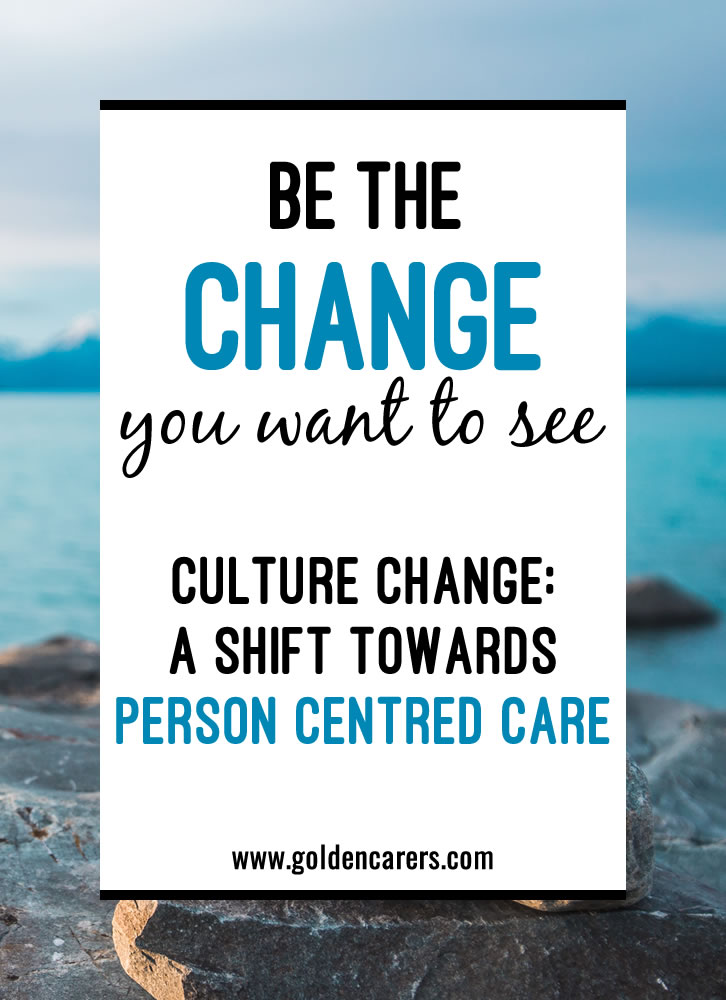
Related Activities
Comments Post a Comment
Stephanie
14th Sep 2017
Awesome and timely article. Just today I was visiting an elderly friend of mine who has dementia. He told me that he had to poop and when I told the caregivers that he needed help using the bathroom, they told me that he isn't allowed to use the toilet. I told him that it was ok for him to poop in his pants (diaper) but he still has enough pride and awareness that he didn't want to do that. Is it a basic right for a resident of a memory care facility to be able to use a toilet?
Jacqui  1st Apr 2017
Diversional Therapist
1st Apr 2017
Diversional Therapist
 1st Apr 2017
Diversional Therapist
1st Apr 2017
Diversional Therapist
Great article seeing all people in our care as people first and not the person with dementia or special needs etc is a good place to start I believe.
Kim  28th Mar 2017
Registered Nurse
28th Mar 2017
Registered Nurse
 28th Mar 2017
Registered Nurse
28th Mar 2017
Registered Nurse
What a wonderful article. Last night I watched a program on the ABC relating to the mistreatment of special needs clients in a "care facility'. it made me sick, it made me cry and it made me angry. Most importantly it made me think about how I relate to the Residents in my care. I work in age care. Everyone of my residents are different to the next and should be treated as such, with dignity, respect and what used to be called common decency. I fear that person centred care will not become a reality whilst the Dollar rules the bottom line. We that work in this industry have to make it happen regardless and do the very best we can to provide a safe and fulfilling life for those in our care. Stand strong and be proud to support those in need.
Daz  28th Mar 2017
Lifestyle Consultant
28th Mar 2017
Lifestyle Consultant
 28th Mar 2017
Lifestyle Consultant
28th Mar 2017
Lifestyle Consultant
Person centred care is about building relationships.
Its about making the lived experience enjoyable for all involved.
Its about making the lived experience enjoyable for all involved.

Sheri  22nd Mar 2017
PCAP/OTA
22nd Mar 2017
PCAP/OTA
 22nd Mar 2017
PCAP/OTA
22nd Mar 2017
PCAP/OTA
I feel like crying.. I am of the 'new generation' of carers who want to see person centered care put into practise in all residential facilities. I struggle with this daily. I am told I am slow, I don't understand time management, they have a menu to go by. etc etc. These same people say when they end up in care they want this they want that.. when I explain that's what I try to do for our residents now I am ridiculed... (I won't give up trying). It's a hard slog but I know eventually it will change, but dealing with old carers who think they know better and time time time is all they care about peeves me. I treat our residents like they are my grandma or great grandma (both of who I have cared for at different times). One day Daz we WILL see the change
Daz  22nd Mar 2017
Lifestyle Consultant
22nd Mar 2017
Lifestyle Consultant
 22nd Mar 2017
Lifestyle Consultant
22nd Mar 2017
Lifestyle Consultant
Hi Sheri,
This one is for you and all the other people who want to see change.
Find like minded people in you workplace and come together to discuss how to change the small things.
The best way is to lead by example and after a while others will get on board.
Please see this video called the LONE NUT, it always inspires me.
http://www.youtube.com/watch?v=fW8amMCVAJQ
Remember this " WHEN YOU FEEL FLAT OR SAD, STOP FEELING FLAT OR SAD AND BE AWESOME INSTEAD"
This one is for you and all the other people who want to see change.
Find like minded people in you workplace and come together to discuss how to change the small things.
The best way is to lead by example and after a while others will get on board.
Please see this video called the LONE NUT, it always inspires me.
http://www.youtube.com/watch?v=fW8amMCVAJQ
Remember this " WHEN YOU FEEL FLAT OR SAD, STOP FEELING FLAT OR SAD AND BE AWESOME INSTEAD"
Linda  3rd Apr 2017
Housekeeper/cook
3rd Apr 2017
Housekeeper/cook
 3rd Apr 2017
Housekeeper/cook
3rd Apr 2017
Housekeeper/cook
Hello Sheri and Daz.....heartwarming to read your struggles. There is nothing worse than the brigade that tell us we are slow, because we care, give that bit extra time, listen, assist and laugh. We all know we have to conform to certain times e.g. Lunch is the most common, but apart from that, we cannot be regimented and I admire your commitments. I have likeminded friends in the caring world and can only say onwards and upwards. When in doubt I use the bench mark of "if this was my loved one, what would I want for them" it usually puts my mind at peace as to the right or wrongs in a situation. Bestests to all carers.
Romary  21st Mar 2017
Pensionar/Voluntary Worker
21st Mar 2017
Pensionar/Voluntary Worker
 21st Mar 2017
Pensionar/Voluntary Worker
21st Mar 2017
Pensionar/Voluntary Worker
This is an excellent article. I believe it happens more in places where the dementia clients are amongst the elderly folk who do not suffer from this disease. Caring for dementia clients is a completely different way of helping someone, and the needs of the carer to know this, require specific training, love of their work, a huge supply of patience and dedication. We are all different and this is more so with those suffering from any form of dementia and particularly Alzheimer disease.

Lisa  21st Mar 2017
Life Style Co-ordinator
21st Mar 2017
Life Style Co-ordinator
 21st Mar 2017
Life Style Co-ordinator
21st Mar 2017
Life Style Co-ordinator
I love the way that you think Daz!

Darla  21st Mar 2017
Recreation and Rehab Manager
21st Mar 2017
Recreation and Rehab Manager
 21st Mar 2017
Recreation and Rehab Manager
21st Mar 2017
Recreation and Rehab Manager
Thank you for this article. It came at the right time.
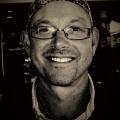
Daz Smith  21st Mar 2017
Lifestyle Consultant
21st Mar 2017
Lifestyle Consultant
 21st Mar 2017
Lifestyle Consultant
21st Mar 2017
Lifestyle Consultant
Daz has submitted an article: Be the change you want to see

 By
By 
 The Future of Care Plans? How to Write 'I' Care Plans
The Future of Care Plans? How to Write 'I' Care Plans
 10 Reasons Why Your Community Needs More Plants
10 Reasons Why Your Community Needs More Plants
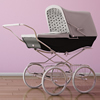 Doll Therapy and Dementia
Doll Therapy and Dementia
 How to Improve the Dining Experience for Seniors
How to Improve the Dining Experience for Seniors
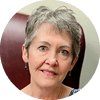
 United States
United States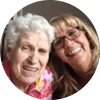
person-centered. all that they know is they need to finish the task like showering, changing pads, and feeding. The connection between the resident and the staff were disconnected.
Having said that, I must say there are many good care facilities out there amid the bad ones.